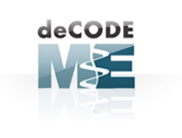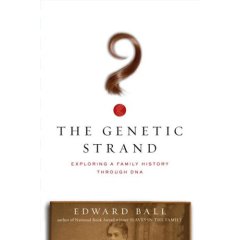
I have written a lot about the Mountain View based personal genome start-up company 23andMe (February 14th, April 9th, June 19th, July 31st, and September 13th, to name a few). As a matter of fact, if you google “23andMe”, The Genetic Genealogist is the second result.
Today, announced by an article in the New York Times (My Genome, Myself: Seeking Clues in DNA) and Wired (23andMe Will Decode Your DNA for $1000. Welcome to the Age of Genomics), 23andMe has officially launched.
If you visit 23andMe, you’ll notice that the site has been completely revamped, and they are now accepting orders for their Personal Genome Service, for $999.
So what does 23andMe offer? According to the company’s Genotyping Section:
“In all, 23andMe looks at more than 500,000 SNPs scattered across the 23 pairs of chromosomes that constitute the human genetic sequence. We also look at a few thousand places on the mitochondrial DNA, an odd loop of genetic material outside the nucleus that is involved in producing energy for the cell.”


